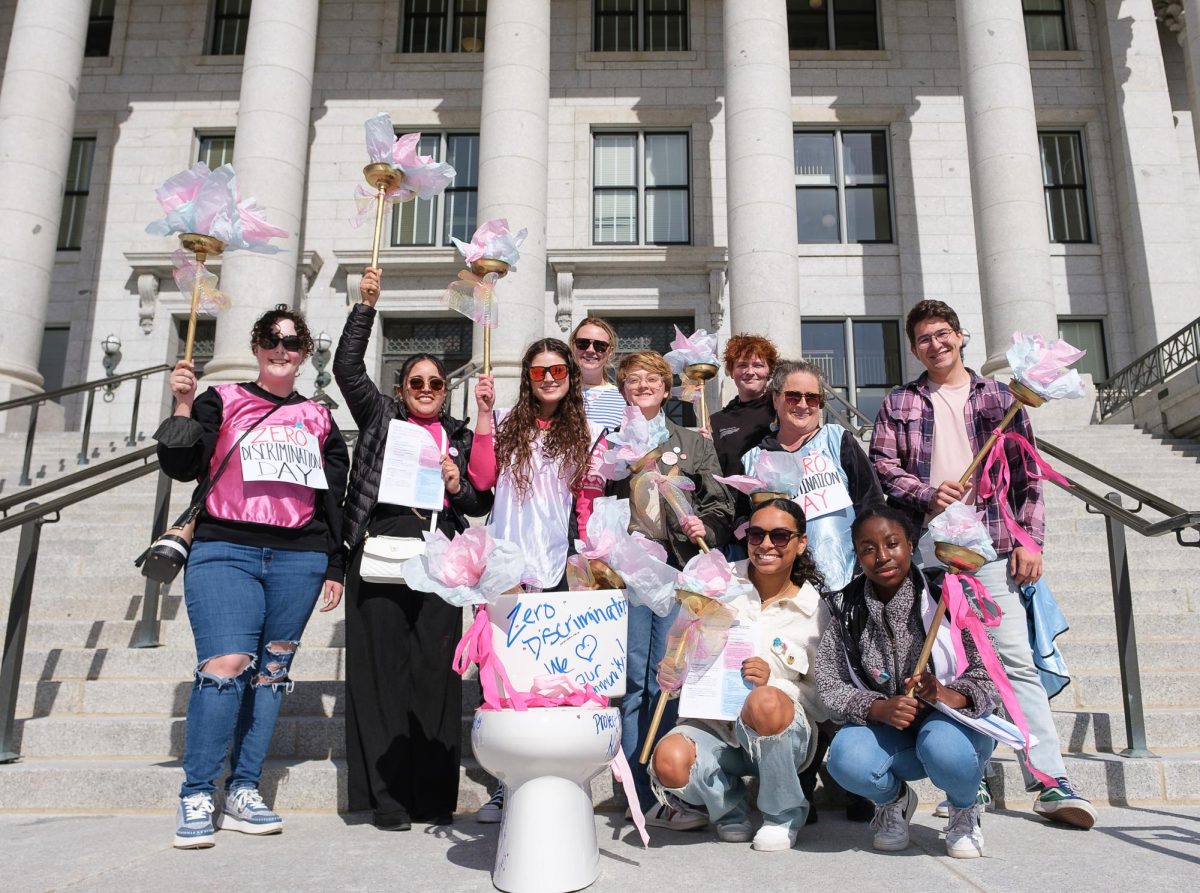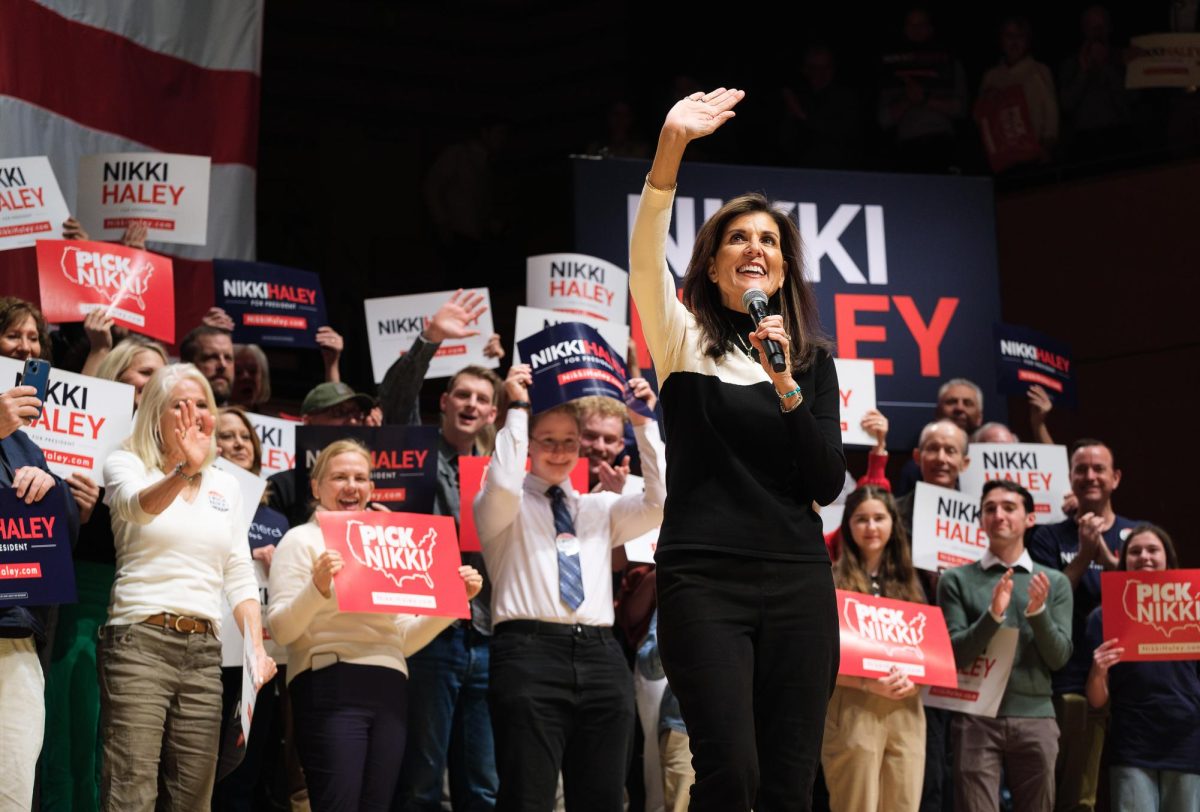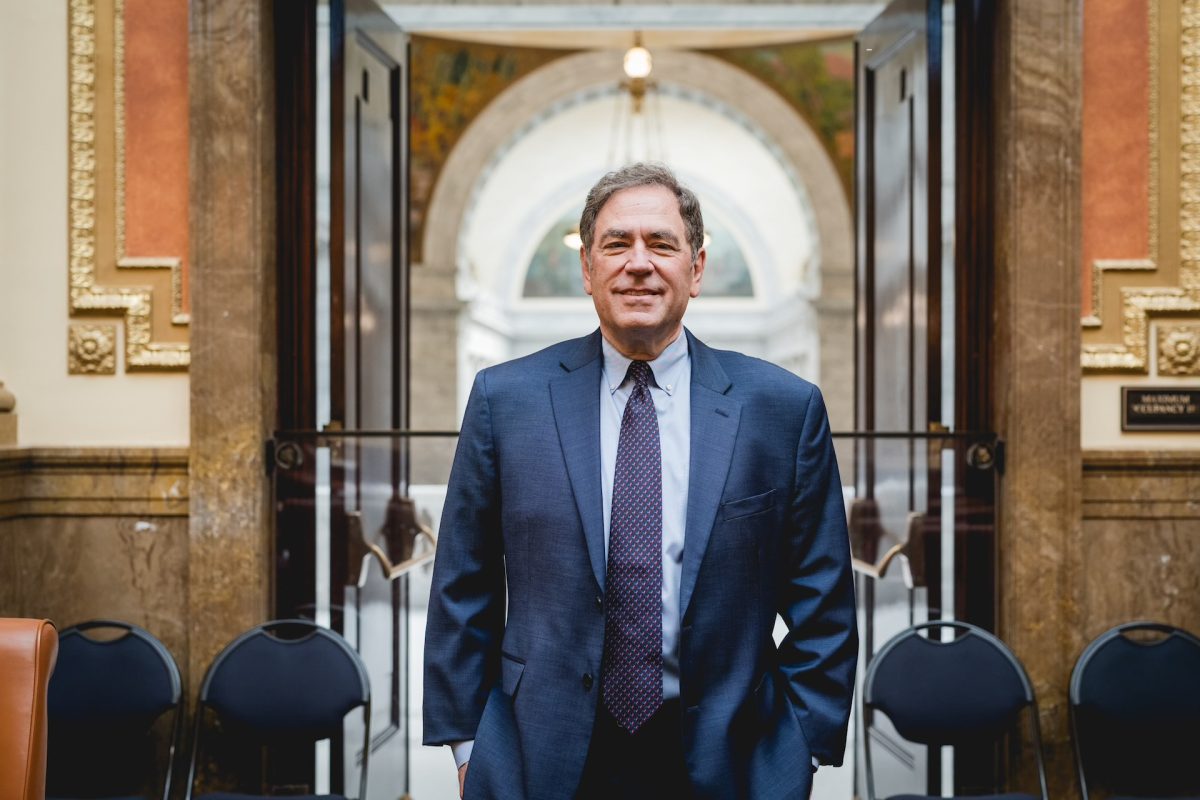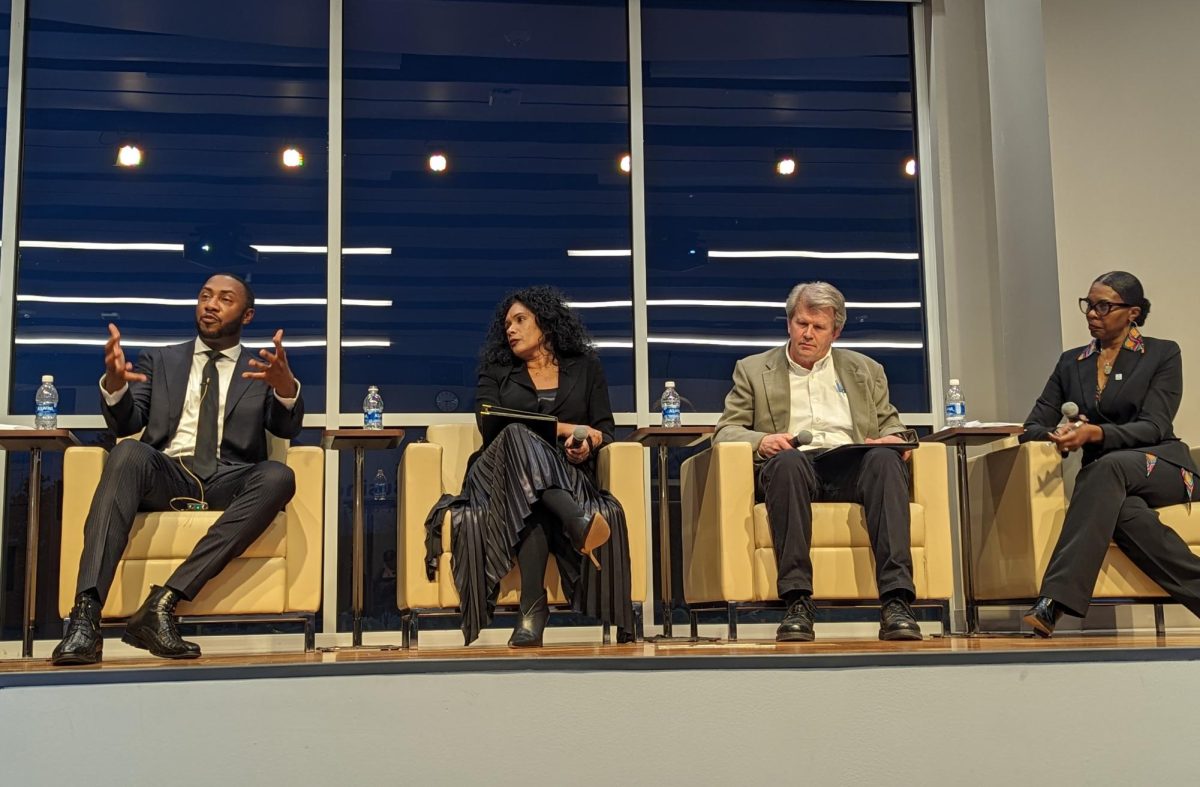When the U joined the Pac-12 in 2011, athletics were only part of the package.
The Pac-12 features some of the world’s most academically rigorous institutions in the country.
David Rudd, dean of the College of Social and Behavioral Science, said universities are often publicized according to affiliations and not academics.
“For better or worse, we think of universities in terms of athletic affiliations,” Rudd said. Ivy League schools, on the other hand, are more associated with shared academic excellence before their collegiate competition.
The U’s Student Enrollment white paper document, entitled “A Look at the Past and a Glimpse into the Future,” outlined Pac-12 goals more suited to be part of the conference. They were presented to the U’s board of trustees in 2010 during the admissions process. Among these were more selective academic requirements for admission, such as increasing the average ACT score at the U from 24 to 26, and requiring 50 percent of selected applicants to have a GPA of 3.5 or higher.
But the U was not just playing catch-up with academics — it also had goals to increase diversity on campus to look like a Pac-12 school. At the time, the U was the least ethnically and geographically diverse campus in the Pac-12 — only 14 percent of students identified as a student of color, according to a 2011 report from the Office for Equity and Diversity.
The report also showed 56 percent of campus was male. At the time, according to the Deseret News, officials believed the U was the only research university with a majority of male students. And geographically, most students still came from Utah — only 18 percent of entering freshman were from outside the state, according to a 2010 Office of Budget and Institutional Analysis report.
The goals presented to the board provided a rationale for increasing diversity.
Three specific goals were outlined in the report, as part of a five-year “Pac-12 Plan” to increase diversity on campus. These goals included: Maintaining a 50-50 gender split in all classes; 75 percent of U students to come from Utah, 20-25 percent from out-of-state and 7-10 percent internationally; school’s demographics to reflect ethnicities of Utah’s graduating seniors.
Four years later, the academic requirements have been met, but the same can’t be said for all of the diversity requirements. According to the 2013-14 Office of Budget and Institutional Analysis report, 26 percent of entering freshman were from out of the state.
But Kristobal Batty-Reyes, a junior at the U, said he thinks meeting that goal doesn’t change diversity on campus. Batty-Reyes is a recipient of the Utah Opportunity Scholarship, and recent changes in guidelines have made school more difficult. Batty-Reyes said there used to be an option to finish school in five years — a common thing at the U — but under the UOS’s new guidelines the recipient must finish in four years, and the scholarship only helps pay for twelve credits per semester.
Batty-Reyes also works with student organization Movimiento Estudiantil Chicana/Chicano de Aztlán — which, among other projects, organizes outreach conferences with high schools.
“We’re bringing in large groups of students that wouldn’t gain that kind of exposure the admissions process or the university otherwise,” Batty Reyes said. “But it’s a struggle to find funding.”
Batty-Reyes said the administration has offered to help with the planning process, but they often try to change the conferences dates and messages.
“In order to recover funding they have dates for us, a specific month, which damaged our relationships with students and high schools,” Batty-Reyes said.
Juan Oregel, a sophomore in business administration, said he moved here from Los Angeles two years ago after talking to university spokespeople at college fairs. He said he appreciated that the U sent Hispanic representatives to the Hispanic neighborhood where the fair was held.
“But once you get [to the U], it ends up not as diverse,” Oregel said.“They’re making somewhat of an effort — not a full effort, but a halfway effort. I’ll give the administration that. Their potential is great, but they’re not doing enough work … It would benefit [the administration] if they supported groups here more. They could financially benefit. At the end of the day, that’s up to who’s running the university.”
As for gender representation, discrepancies are different between classroom and individual levels.
Natalie Pratt, a sophomore in biochemistry, and Asia Susko, a freshman in biochemistry, both said the U feels diverse. But regardless of the overall environment, Pratt and Susko agree there are some issues. Pratt said she thinks women are underrepresented in her calculus class.
“There’s only like 15 girls out of 200, so that’s kind of insane,” she said.
But in Susko’s Health Sciences Leap Program, she said women are overrepresented.
“I think there’s only like six guys in my leap program out of twenty or so people,” Susko said.
In the end, both Pratt and Susko agreed these discrepancies are more about the individual than the campus.
“More men are interested in engineering and stuff,” Pratt said. “Maybe the U can do more pushing for women.”
Susko said bridging gender gaps can open doors for students.
“Even though it does depend on the individual, it does open more opportunities and show they have more routes to take,” she said.
Mary G. Parker, associate vice president of Enrollment Management, was unavailable for comment at press time. Neelam Chand, university spokesperson on Equity and Diversity was also unavailable for comment.
@SeymourSkimmer





















